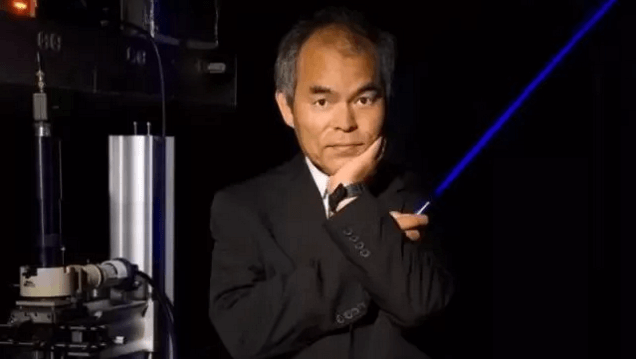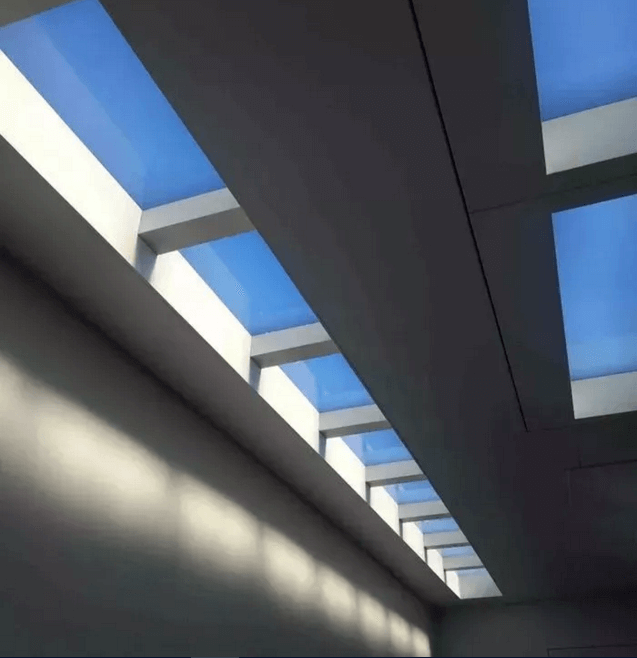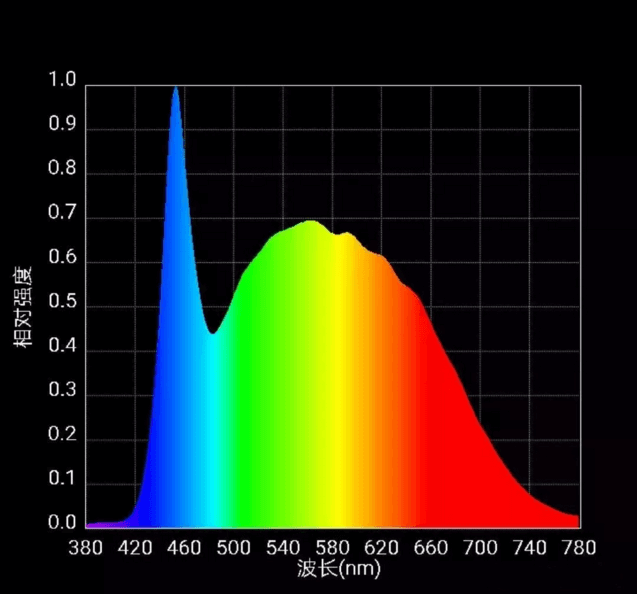Violet LEDs will replace blue LEDs! ?What do you think?
gartenmöbel design
bettwäsche tom und jerry
planeta sport muske patike novi pazar
giorgio armani sport
adidas beckenbauer trening
bomber jakke burgunder
гуми 18 цола
esprit round sunglasses
liemenes mergaitems
windows wont connect to iphone usb
“The white LED with the blue LED will disappear sooner or later.”
Four years ago, the father of Blu-ray LED, Nakamura Shuichi, spoke this sentence. Now, this sentence seems to be slowly fulfilling.

Nakamura said that lighting can affect people’s health. Blu-ray will inhibit the release of melatonin in the brain and block drowsiness. As long as there is enough blue light around the eyes to stimulate the secretion of melatonin, it will cause sleep quality and myopia problems. Early natural light sources did not have this problem.
As a result, many manufacturers have proposed the concept of “human lighting”, which has been frequently mentioned in recent years, and many products are developing in this direction:

Of course, this light does not belong to the “violet LED”:

Of course, some manufacturers such as Samsung and Source: Seoul Semiconductor have developed corresponding LED violet products and applied a small number of applications.
The biggest question facing the popularity of violet LEDs is: expensive. In the violet LED, a gallium nitride (GaN) substrate is needed to improve the quality and performance of the LED. However, the GaN substrate itself is expensive, so the output and price of the violet LED are still relatively high.
Opportunities for Violet LEDs: Closer to Solar Spectrum
In the past, the main way for LEDs to emit white light was to mix white light with RGB three colors and to emit white light by exciting the phosphor through a blue chip. Although it looks white from the outside, the spectrum has obvious short plates, no ultraviolet band, and few near-ultraviolet bands, which are subjectively different from natural white light.
The white LED excited by the violet chip can solve this short board.

We know that in addition to visual illumination, there are non-visual photobiological effects. In the last ten years, we have found that in addition to cones and rods, the third cell is called ipRGC cells, which are affected by blue light, including affecting our mood or sleeping circadian clock. Of course, these are still in the research stage and there is no clear conclusion.
This is a good business story for manufacturers. Blue LEDs are very different from sunlight. In the evolution of hundreds of thousands of years, human and animal eyes have adapted to the sun. From this perspective, sunlight is the best for the body.
Therefore, in the study, sunlight is used as a very good reference, and the closer to the standard sunlight or black body light source is considered to be a more beneficial light source for the human body. Therefore, if the company publicizes its spectrum close to the sun, there will be a certain market opportunity.

Violet LED VS Blue LED
Ultraviolet chips are generally classified into UVA, UVB, and UVC, of which UVA is the most, UVC is second, and UVB is rarely. The production of violet LED is difficult, not only the problem of semiconductor formula. At present, the violet radiation and the light effect are very low, and the violet light itself is seriously damaged by plastics and other materials. Therefore, the requirements for the components of the violet LED are also high.
Purple LED is expensive. In the 2018 Frankfurt exhibition, one has not produced UVC samples. The manufacturer disclosed that the price is 200 US dollars. Of course, it is slightly cheaper, but overall, it is much higher than Blu-ray, so the purple light products are generally No need to be on the lighting.
In addition to the difference in price and capacity, there is also controversy about blue light and violet light itself. Although the conclusion of Blu-ray hazard is not clear, the statement that blue light inhibits melatonin is not a gimmick. It is a conclusion drawn from many biological experiments and controlled experiments. The two scientists who won the Nobel Prize some time ago also confirmed this. fact. These findings are a good selling point for business, and UV manufacturers can use this to attack Blu-ray manufacturers.
Violet can reduce the harm of blue light to the eyes. It is really good to listen to, but things are not absolute. Similarly, UV is harmful to the human body. For example, the influence of the retina, Blu-ray manufacturers can also use this to attack the UV manufacturers. So for the most part, it is a business gimmick, and the facts have to look at the professional research conclusions.
This photo was taken at the Samsung booth at the Frankfurt exhibition in 2018. It is obviously a counterattack against the sunlike violet LED product launched in Seoul. The “UV FREE” is a selling point, meaning no UV light, and its term is Human Centric Lighting. It is about people-oriented lighting.
Nearly a decade or two is a research outbreak of photobiological effects. People-oriented is the ultimate goal of human comfort and health. Lighting is basically based on human service. From the blue LED to violet LED, it is also constantly pursuing “people-oriented” lighting.

Will purple LEDs rise in China?
Many foreign companies want to do UV, to seize the first-mover advantage of this future high-profit battlefield, and currently, only sporadic companies in the country have entered the field of research and development.
However, it is undeniable that Ziguang may rise in China in the future. Nearly Violet can be produced by adjusting the formula using ordinary Blu-ray MOCVD, that is, the Blu-ray equipment can change the formula and make UVA products, but UVC is much harder, so domestic wants to do Ultraviolet white LEDs have technical possibilities and the cost is not too scary.
Does Violet have a threat to Blu-ray LEDs? In a short period of time, it won’t be. Blu-ray LEDs are cheap enough, and UVA has no advantage in terms of capacity and price, but will there be an excess capacity to come to the white market in the future. We will wait and see.

